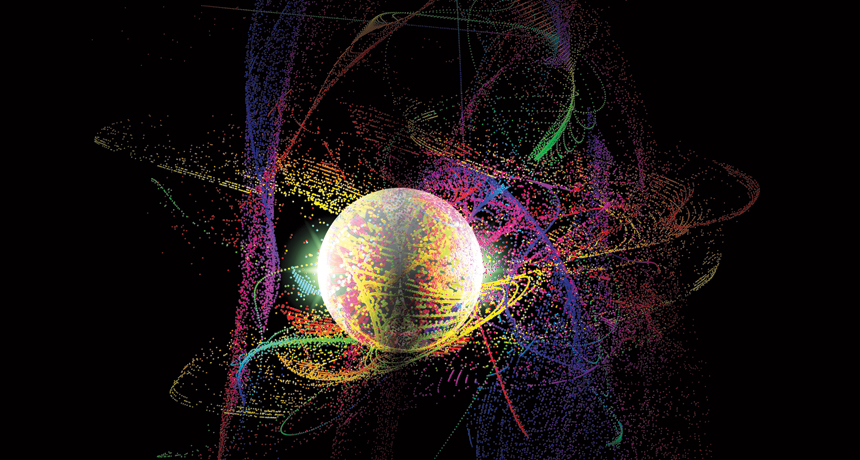
ON THE MOVE An exciton, illustrated here, transfers energy to an electron.
Stef Simmons, UCL Mathematical and Physical Sciences/Flickr (CC-BY 2.0)

ON THE MOVE An exciton, illustrated here, transfers energy to an electron.
Stef Simmons, UCL Mathematical and Physical Sciences/Flickr (CC-BY 2.0)